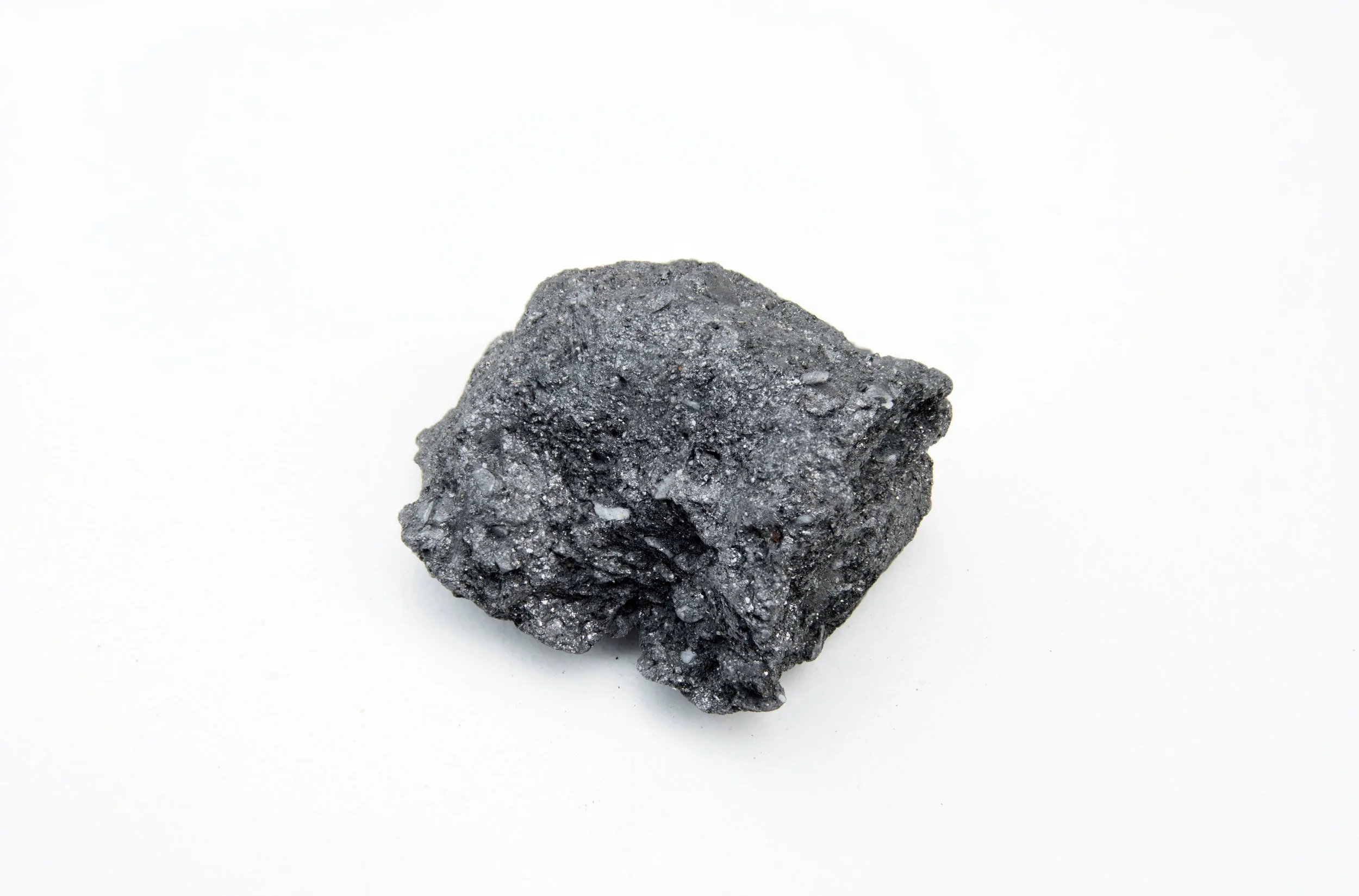What is Graphene?
Graphene is the thinnest and strongest compound that has been made by humans. It’s a nanomaterial that is more than two hundred times stronger than steel, more than forty times stronger than diamond, and yet incredibly flexible. Graphene is also lighter than paper and has impressive mechanical and electrical properties. It is considered the best conductor of both heat and electricity.
Graphene consists of one single layer of carbon atoms, bound in a hexagonal honeycomb lattice. The material is manufactured starting from graphite, a mineral which consists of stacked layers of graphene. Graphite is available in many parts of the world, with the largest reserves in China, Brazil, and Mozambique.
Graphene can be manufactured by means of various processes including chemical and mechanical exfoliation, vapor deposition, pyrolysis etc. In LayerOne, we use the chemical exfoliation to produce graphene as a powder that can be used as a functional additive in various applications.
Did you know that carbon is the second most common element in the human body, making up 18% of the body by mass? It’s also one of the most abundant elements in the universe. Carbon is in fact the chemical basis for all known life on earth. The applications where graphene can make a difference in an ecological and sustainable way are endless, and many of the innovations are still to be discovered.
One layer of carbon atoms
The graphene layer is half a million times thinner than a human hair strand.
Made from graphite
Graphite is a crystalline form of the carbon element, consisting of many layers of graphene. Under high pressures and temperatures it converts to diamond.
“Graphene is a single plane of graphite that has to be pulled out of bulk graphite to show its amazing properties. It’s the thinnest possible material you can imagine. It also has the largest surface-to-weight ratio: with one gram of graphene you can cover several football pitches. It’s also the strongest material ever measured; it’s the stiffest material we know; it’s the most stretchable crystal. That’s not the full list of superlatives, but it’s pretty impressive.”



